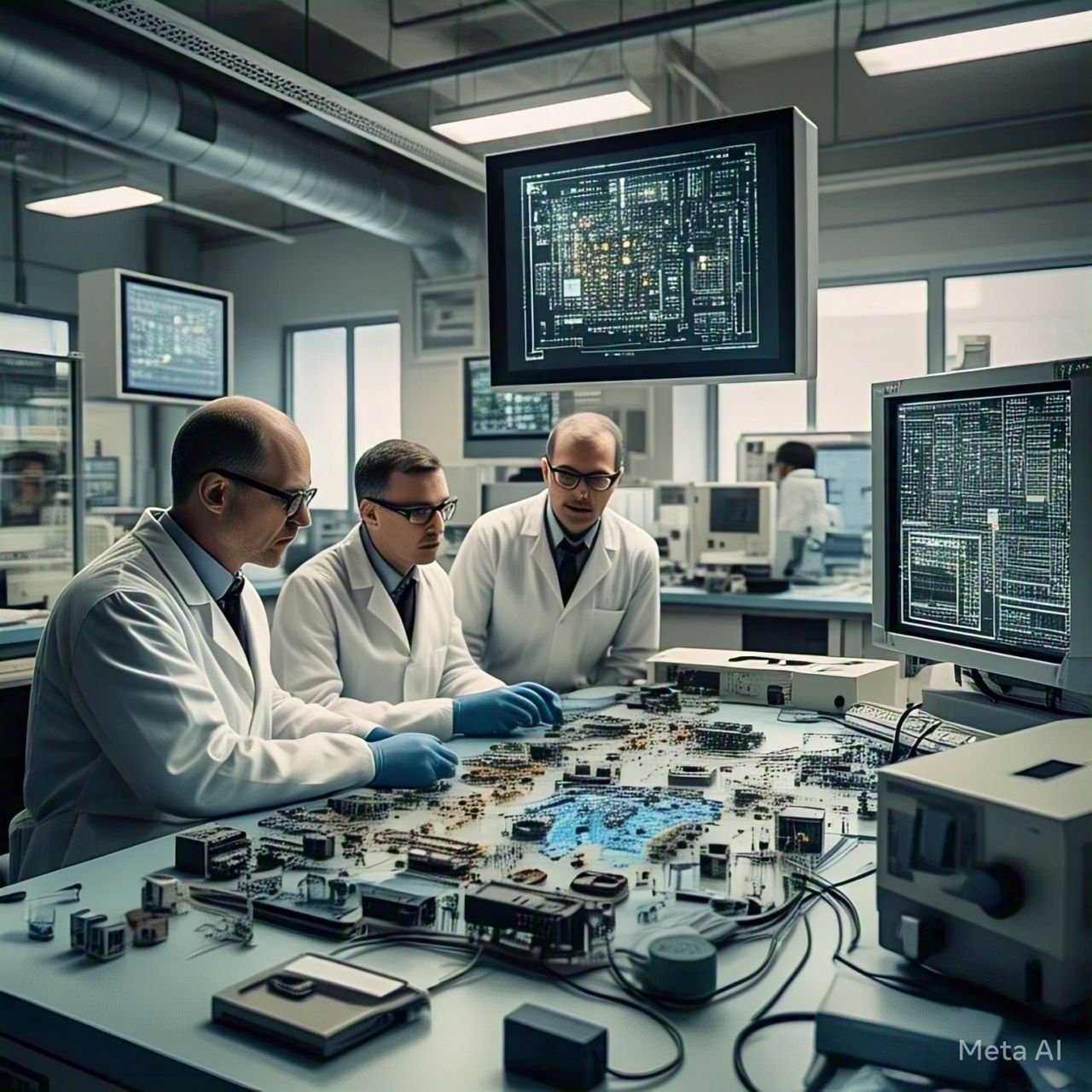Introduction
The semiconductor industry is undergoing a significant transformation, driven by artificial intelligence (AI) and machine learning (ML). Traditional chip design has long been a complex and labor-intensive process, requiring meticulous planning, simulation, and testing. However, AI-powered tools are now accelerating chip development, optimizing efficiency, and reducing costs. This shift marks a new era in semiconductor innovation, where AI enhances every stage of the design cycle, from architecture exploration to verification and manufacturing.
The Role of AI in Semiconductor Development
1. Accelerating Design and Simulation
Designing microchips involves creating intricate circuits, testing their performance, and iterating on improvements. Machine learning models can analyze vast datasets to predict optimal configurations, reducing the time required for simulation and verification. AI-driven design automation tools, such as those developed by major semiconductor firms, have shortened the design cycle by identifying inefficiencies and suggesting optimal layouts.
2. Enhancing Performance Optimization
AI-driven chip design allows engineers to optimize power consumption, heat dissipation, and processing efficiency in ways that were previously impossible. ML algorithms analyze different design iterations and predict the best configurations to balance power and performance. This approach is particularly useful for energy-efficient chips in mobile devices, IoT gadgets, and edge computing applications.
3. Improving Manufacturing Yield and Defect Detection
Manufacturing semiconductors involves intricate processes where even minor defects can lead to failure. AI-powered quality control systems can detect manufacturing defects in real-time using computer vision and predictive analytics. By identifying potential flaws before production completion, AI reduces waste and enhances overall manufacturing efficiency.
4. Revolutionizing Custom Chip Design
AI enables the rapid creation of application-specific integrated circuits (ASICs) tailored for specialized tasks such as AI acceleration, cryptocurrency mining, and autonomous vehicles. Google’s AI-designed Tensor Processing Units (TPUs) and similar innovations by NVIDIA and AMD demonstrate how machine learning can develop chips optimized for deep learning workloads.
5. Automating Verification and Testing
The verification process for semiconductors traditionally involves extensive testing to ensure compliance with industry standards. AI-driven verification tools automate this process by simulating a wide range of operating conditions and predicting potential failures. This significantly reduces testing time while improving reliability.
The Future of AI-Driven Chip Design
With the increasing complexity of semiconductor architectures, AI’s role in chip design is expected to expand further. The emergence of AI-generated architectures, self-optimizing circuits, and neuromorphic computing—chips designed to mimic the human brain—highlights the limitless potential of AI in this field.
Challenges and Considerations
While AI is revolutionizing chip design, challenges remain. These include:
- Data Dependency: AI models require vast amounts of data for training, which can be a bottleneck.
- Integration Complexity: Implementing AI-driven design tools requires significant adaptation from traditional workflows.
- Security Concerns: AI-optimized chips must incorporate robust security measures to prevent vulnerabilities.
Conclusion
AI and machine learning are transforming the semiconductor industry by making chip design faster, more efficient, and highly optimized. As AI continues to evolve, its impact on chip development will lead to more powerful, efficient, and intelligent computing hardware. The fusion of AI and semiconductor technology is paving the way for groundbreaking innovations in computing, IoT, and AI-driven applications.
By leveraging AI, semiconductor companies can push the boundaries of what’s possible, accelerating technological advancements and shaping the future of computing.




